Introduction: On 1 September, Dufry announced a new organisational structure designed to support profitability and accelerate growth during the recovery phase of the COVID-19-related economic and industry crisis and beyond.
The wide-ranging changes included the grouping of countries into a reduced seven clusters plus North America, down from the previous 23 clusters: and simplifying the first management level by grouping related functions. Dufry also introduced a new, slimmed down Global Executive Committee to reflect organisational changes.
It comprises:
• Julián Díaz, Group Chief Executive Officer
• José Antonio Gea, Deputy Group Chief Executive Officer
• Yves Gerster, Chief Financial Officer
• Eugenio Andrades, Chief Executive Officer Operations
• Roger Fordyce Chief Executive Officer North America
• Andrea Belardini, Chief Commercial Officer
• Luis Marin, Chief Corporate Officer
• Pascal Duclos, Group General Counsel
In a Moodie Davitt Report exclusive, we are featuring interviews with three of those executives – Andrea Belardini, Eugenio Andrades, and Luis Marin – over coming days. We start with Andrea Belardini, former CEO Asia, Middle East and Australia at Dufry Group, whose new role sees him take responsibility for the integration of all commercial activities, such as shop design, trade and digital marketing, category management and supply chain.
Additionally, you can find our interview with Julián Díaz from last week’s Virtual Travel Retail Expo below.

The Moodie Davitt Report: Andrea, in the context of Dufry’s new organisation, you have been responsible for all the company’s commercial functions since 1 September. How does the scope of Chief Commercial Director differ from the areas of responsibility you had in the past?
My current function combines several single elements of former areas of responsibility into one new role that now is scoped at global level.
This new role will bring me very close to our three main industry stakeholders – our customers, the landlords and the brands. I am looking forward to this close interaction with our business partners in order to jointly overcome the current crisis.
I am optimistic about this as we are in a sustainable industry, which builds on the unbroken propensity of our society to travel – be it for business or to discover new cultures and enjoy life.
How can the new organisation support the recovery of the business?
Our new organisation aims at simplifying procedures, increasing agility and shortening the decision-making process, besides obviously creating efficiencies at all levels. These are basic but essential objectives that we need to attain in order to face this unprecedented crisis and come out of it stronger.
We need to both shorten the reaction time and anticipate changing market requirements. We will develop new ways of collaboration with our partners while offering our customers a safe and protected shopping experience – all this creates a competitive advantage. We can leverage that advantage even more through the customer insights we gain from our global footprint.
The new organisation integrates the ‘vertical’ functions (such as category management, shop development, digital etc.), where we hold key competencies and leverage our global clout, with the ‘horizontal’ market coordination. The latter is part of the responsibility of regional commercial directors who are fully integrated in the global team.
In addition, new and streamlined processes allow a timely and effective coordination between the commercial teams and Eugenio Andrade’s teams who manage the operations.

Have you noticed changes in customer behavior in the past COVID-hit months?
First of all, we have seen that customers resume travelling as soon as government restrictions are lifted, and flights are available. This is the key element and most important news, as it underlines the resilience of our industry.
We are currently assessing the intelligence we gain through our regular customer research in approximately 45 airports around the world. We need to identify if there are permanent changes in buying behaviour or if we have to implement momentary solutions to bridge the current short-term challenges.
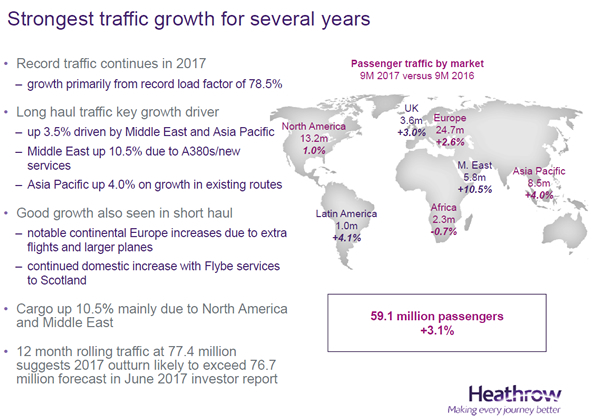
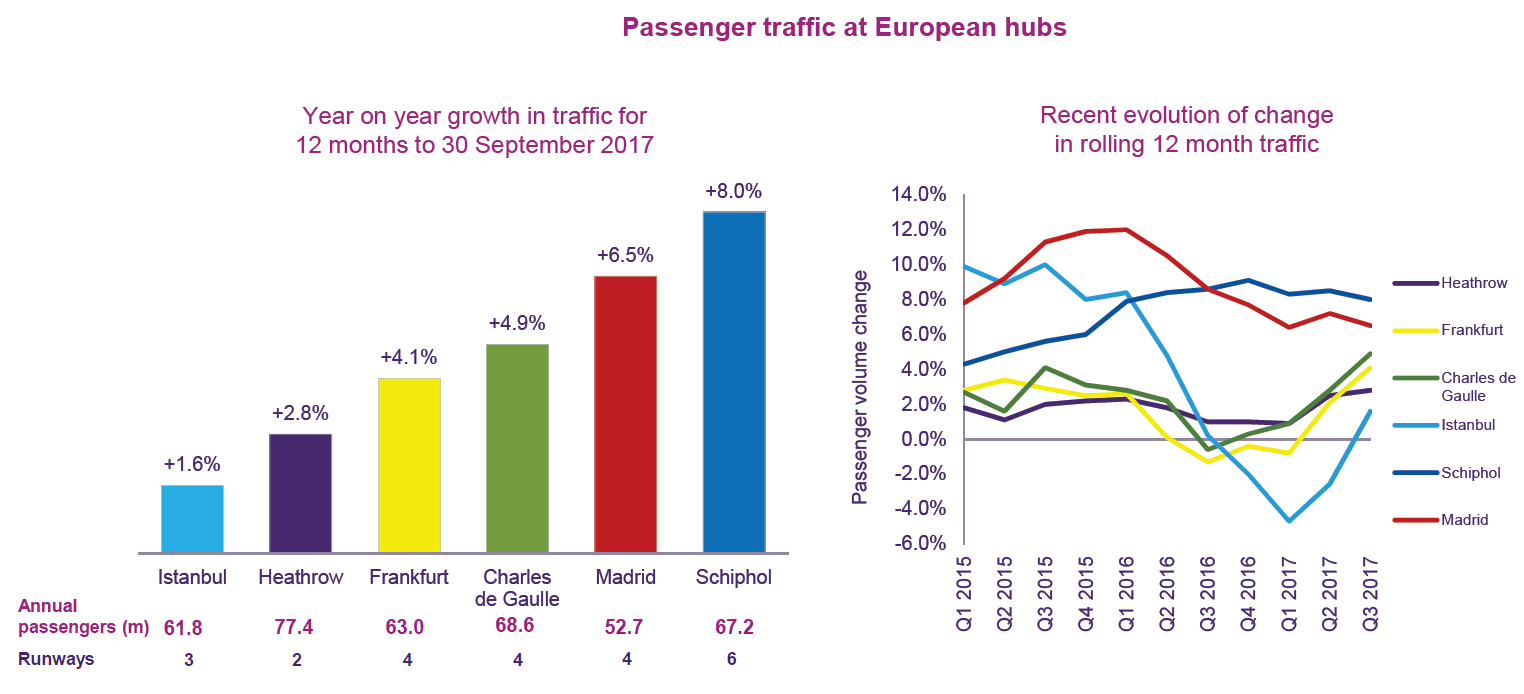
First of all, we see that our customers are generally feeling comfortable browsing the shops and interacting with staff. I believe this also boils down to the significant and coordinated efforts that all stakeholders have made to build and maintain a safe environment across all the points of the travellers’ journey in the airport. We have implemented significant changes in our shops to create a safe environment with the highest level of hygiene.
Although it is too early to draw conclusions whether the passenger mix has potentially changed or not, we have many data points that indicate encouraging spend per passenger levels.
While this pandemic has accelerated the penetration of the broader online business, the drive to travel and the progressive return of travellers to our shops will further cement the role of travel retail as a privileged channel.

Why privileged?
It’s a privileged channel because it’s one in which brands can enhance their brand equity, keep recruiting new customers and deliver experiences which could hardly be provided in other channels.
Where do you see potential to improve the overall customer experience?
I believe by working even closer with the brands and landlord partners and by focusing on developing an overall product and service offer, which clearly distinguishes the travel retail channel through customer uniqueness and individuality, This will be a major success factor going forward.
In a nutshell, we as an industry need to further raise the retail quality we offer to our customers and leverage our unique advantage of having a captive audience.
This can be achieved through several elements – be it the product itself, digitalisation and online services, further evolution of the shop layouts, or the testing of new displays and the overall product presentation. All of these will help create that unique experience which drives impulse buying.
At the same time, for customers who tend to plan their purchasing before travelling, we need to further simplify and facilitate the omnichannel concept by fostering more frequent interaction points at different moments of their journey. This is, by the way, also a great asset we can offer to our brand partners to improve their brand recognition through our loyalty programme RED, our Reserve & Collect service, and our social media platform Forum.
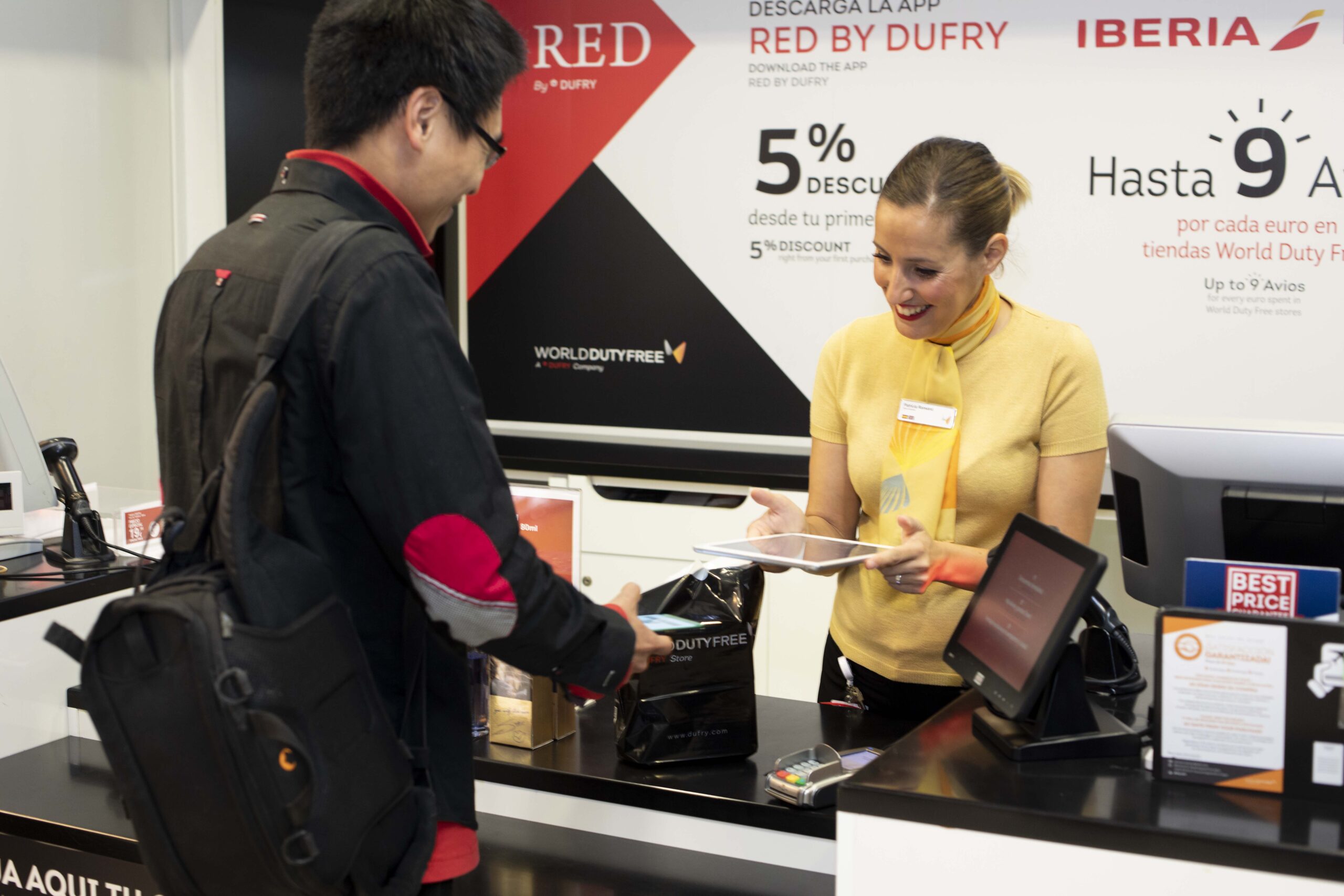
We are working very hard to increase the relevance of our digital solutions and are making very good progress thanks to the important learnings we have experienced.
However, as an industry we are still suffering certain constraints in delivering a fully integrated omni-channel experience, not only at regulatory level but also due to issues of internal channel competition within the brands’ own organisations. I am convinced that, rather sooner than later, things will change, and overall consumer interest will facilitate the abolition of current barriers.
How can brands contribute?
As we have already been doing for quite some time, we can keep enhancing the cooperation on various levels – such as consumer intelligence, innovation in shop experience, product uniqueness, digital experience and omnichannel expansion.
Our organisational model, which encompasses a global interaction and governance supported by the regional focus, is very well positioned to allow us to lead the discussions with the most advanced brands within each relevant category.
You just relocated from Hong Kong to Basel after managing the Asia Pacific & Middle East division of Dufry. Which experiences and learnings will be of most value in terms of your new role?
We Europeans often look at Asia Pacific as one country or homogeneous region. The first thing to realise is the huge variety of cultures, customer expectations and shopping behaviors of the various nationalities in the region.
The sophistication of tastes, mainly driven by an increasingly discerning Chinese traveller, and the higher share of millennials are trends that are more accentuated in this region. In turn, they are imposing specific adjustments as well as an effective innovation agenda.
In addition, a clear feature is the role of digital in the life of permanently connected travellers. This led us to enhance cooperation with various third party platforms. The last learning is the need not to lose track of the various customer profiles and nationalities through focusing exclusively on one nationality.
Talking about Chinese travellers, platforms and digitalisation, how do you think the recently announced collaboration with Alibaba will influence your area of responsibility?
The joining of forces between Alibaba and Dufry represents a great opportunity.
With the unparalleled expertise of Alibaba in the digital domain and our consolidated positon in the more ‘traditional’ channel of travel retail, we will be able to introduce innovative solutions for our customers, affecting both the in-store and online experiences.
This will translate over time in the acceleration of digitalisation of our stores and processes; the expansion of our available range in many of our touch points; an improved ability to target travellers outside the shops; and finally a more personalised offer.
Having just spent five years in Greater China, I could not be happier to have such an opportunity to start working together with our teams at Dufry and the teams in Alibaba to strengthen our position in the Asian market and bring our digital development to the next level.

In earlier days, you served Aeroporti di Roma as Executive Vice-President Strategy and Development and more latterly as Executive Vice-President Commercial Business. Given your dual experience and perspective, how does the relationship with airports and landlords need to change going forward?
I believe that this crisis is creating significant improvement in the relationship model. The model based on MAGs and excessively competitive bidding, adopted by some airports, has shown its limitations to all parties involved.
I am convinced that on the one hand retailers will be more careful in their risk evaluation and from the other hand airports will give more weight to the qualitative capabilities as well as the solidity of their retail partners, favouring those that offer a more balanced risk-reward relationship.
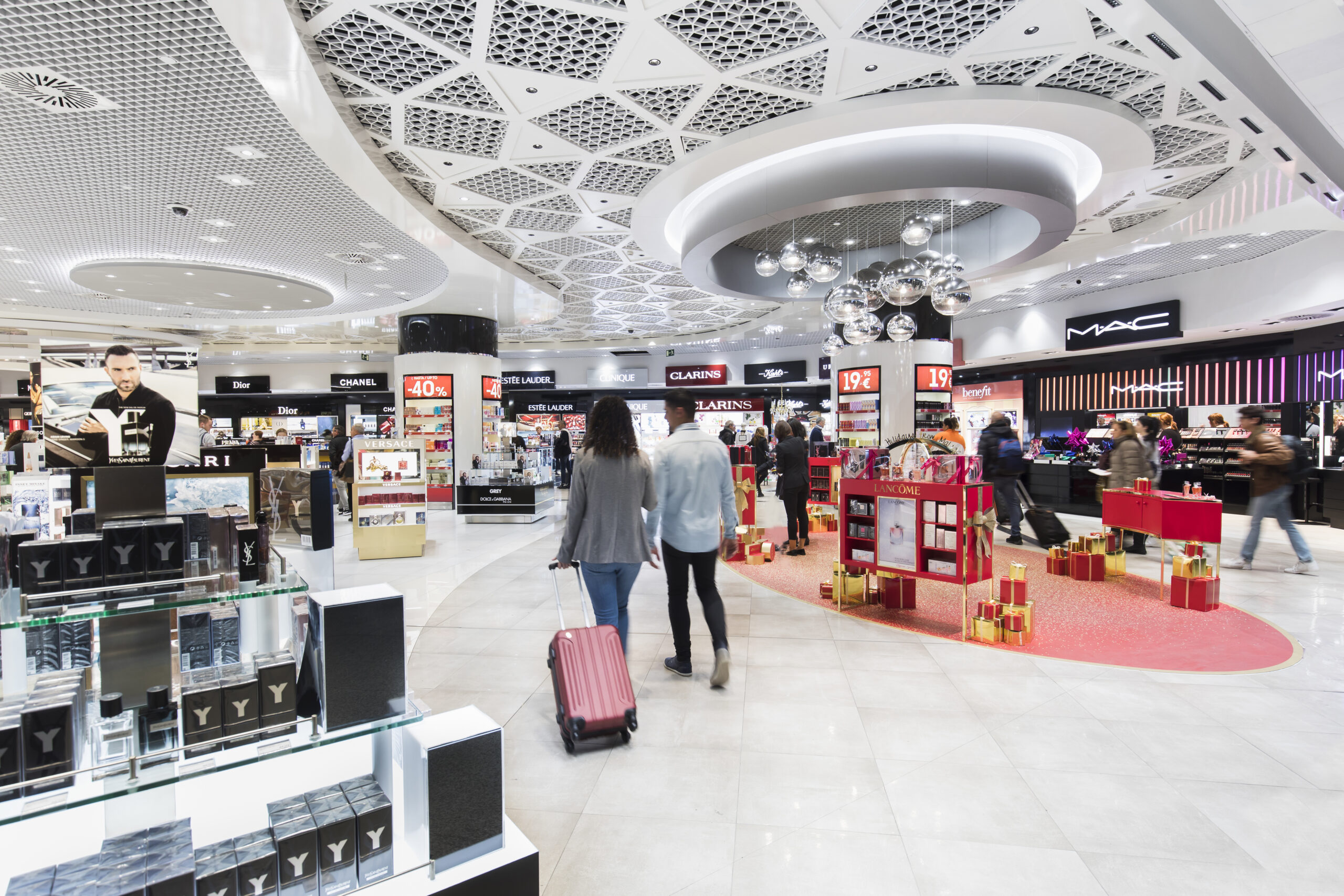
More than ever, we see today that landlords and retailers – and brands – need to find joint solutions and collaborate in a closer way compared to high-street or online retail channels. This also means we need to develop win-win conditions for all parties involved, while also sharing and balancing potential risks
Having contributed to the transformation of the commercial business of one of the largest airport systems in Europe, I am perfectly aware of the importance of strong contractual means to ‘guarantee’ the performance of a major business partner of the airport – the retailer, and in particular, the core category retailers.
However, I have always voiced my opinion that the MAG is an obsolete way to deliver performance incentives and guarantees. Once at The Trinity Forum in Bangkok in 2011, I launched the idea of seeking inspiration from other practices in regulating key contracts and that is the application of Service Level Agreements.
Since then, I have personally experienced this shift on some occasions. The focus on qualitative but at the same time measurable elements generates a great drive on revenue growth for both parties while balancing risk sharing.
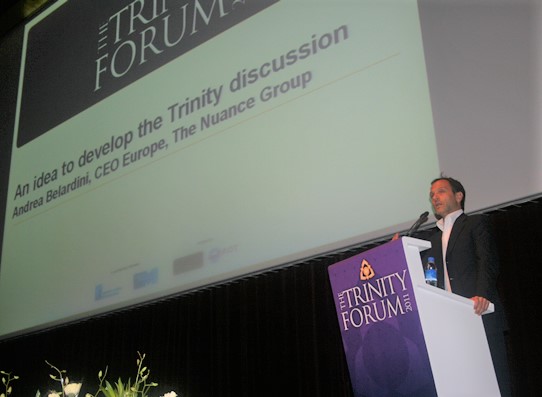
In this context, at Dufry we have invested heavily in enhancing the effectiveness and efficiency of our business through our supply chain and system integration to further improve time-to-market; through our ability to develop new shop concepts, and finally through the deployment of an ambitious digital strategy.
From an airport or landlord perspective, this adds flexibility to the retail offer, for example by allowing pop-up stores, widening promotional areas or integrating communication platforms with the retailer, again as a joint and commercially driven improvement of the retail quality.
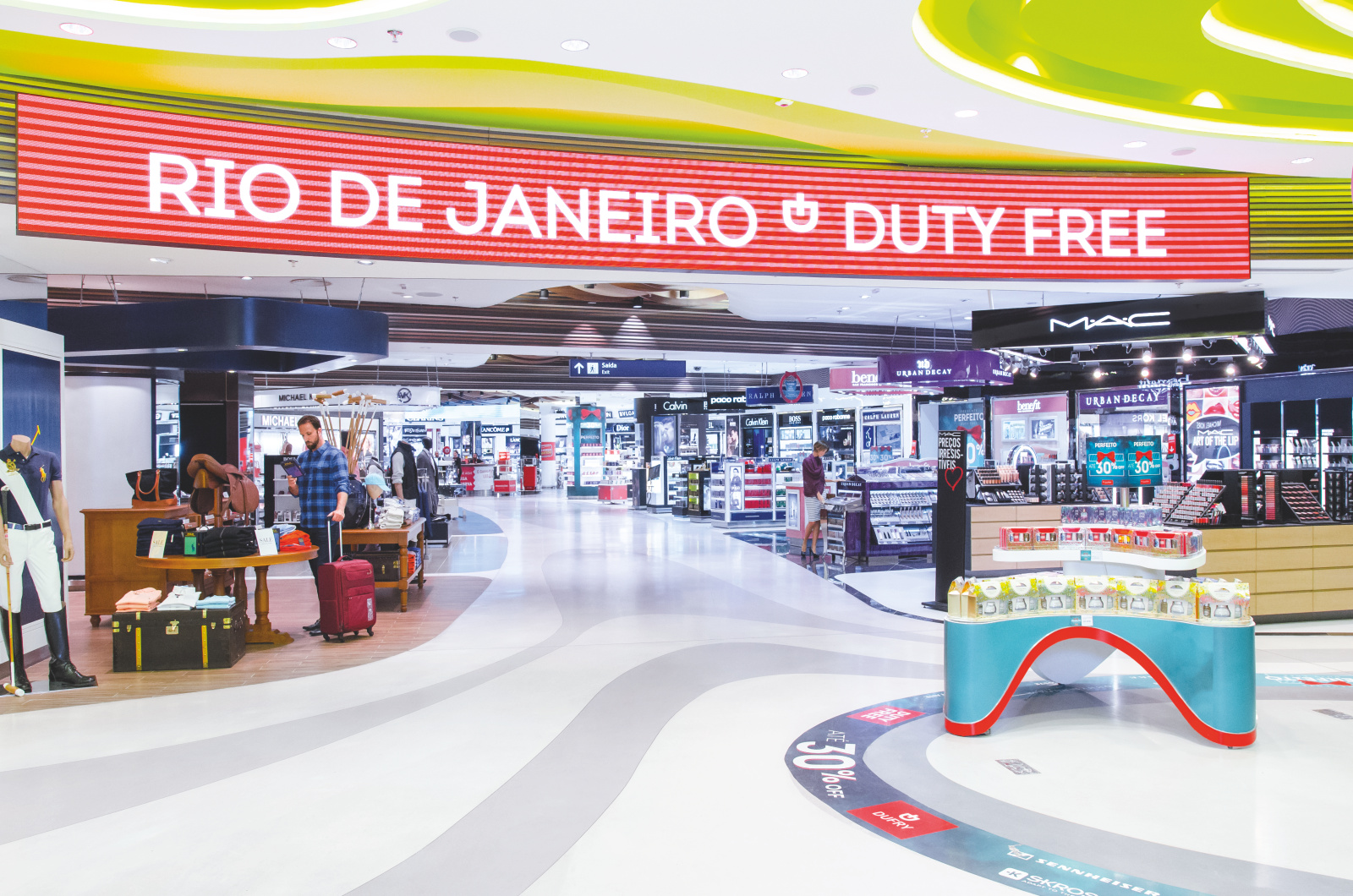
Listening to your comments, the common denominator across all aspects of Dufry’s business and travel retail is change.
Yes, absolutely. What I like about this industry is that the word change is all but a cliché – you just need to review the footage of our retail environment over the years. There is no doubt, however, that we might now experience an acceleration of changes and we have to adapt and react fast. This is also the key focus, which I will follow with my team.
Obviously, we need to assess and identify real changes and distinguish from short-term phenomena, but to serve the customer with new or adapted offers and experiences is key.
I would like to repeat that I strongly believe in the resilience of the business, so it is up to us to adapt to the new requirements. I think that with the new set-up of our company we have created the right conditions to drive performance going forward.












